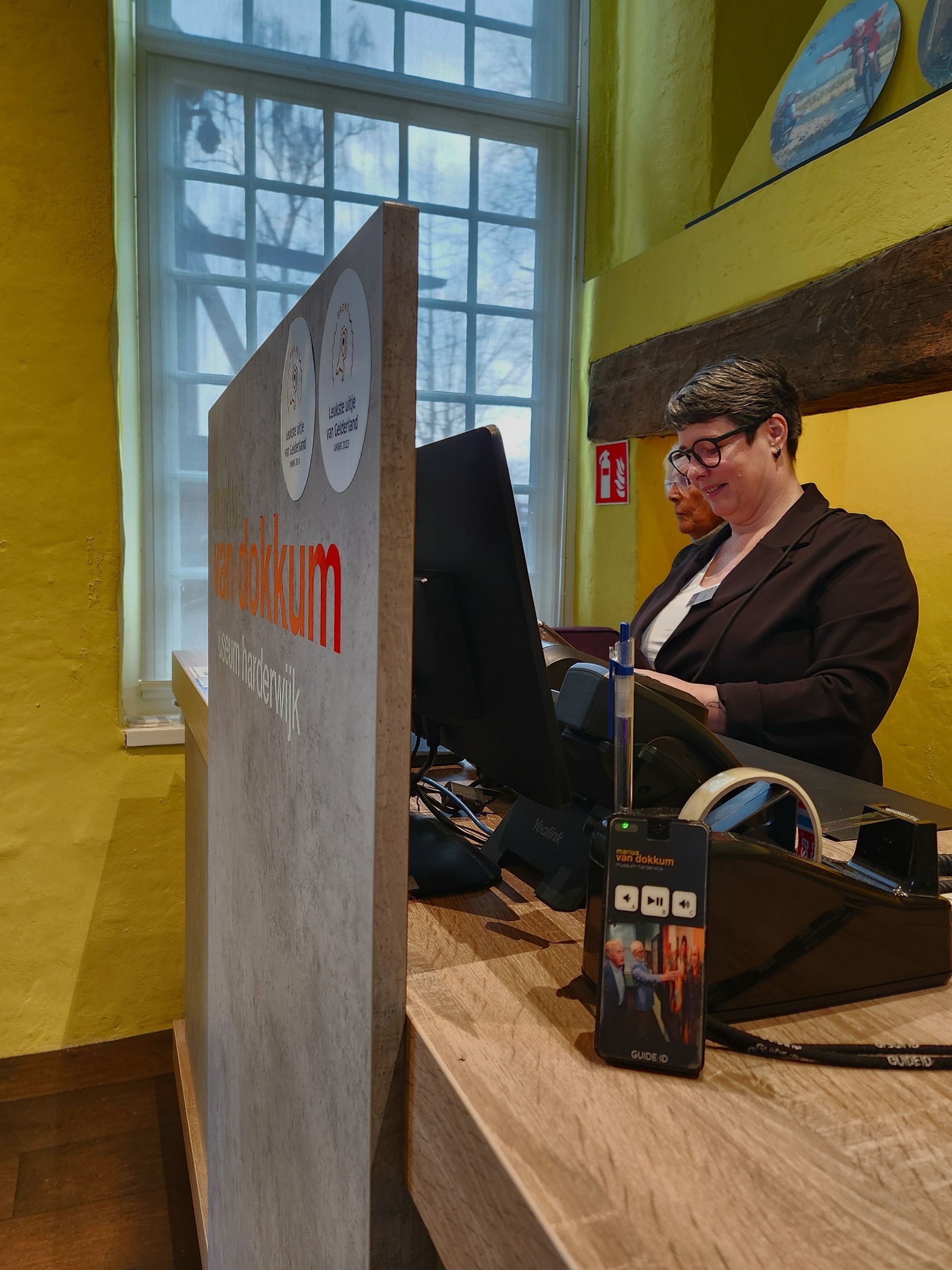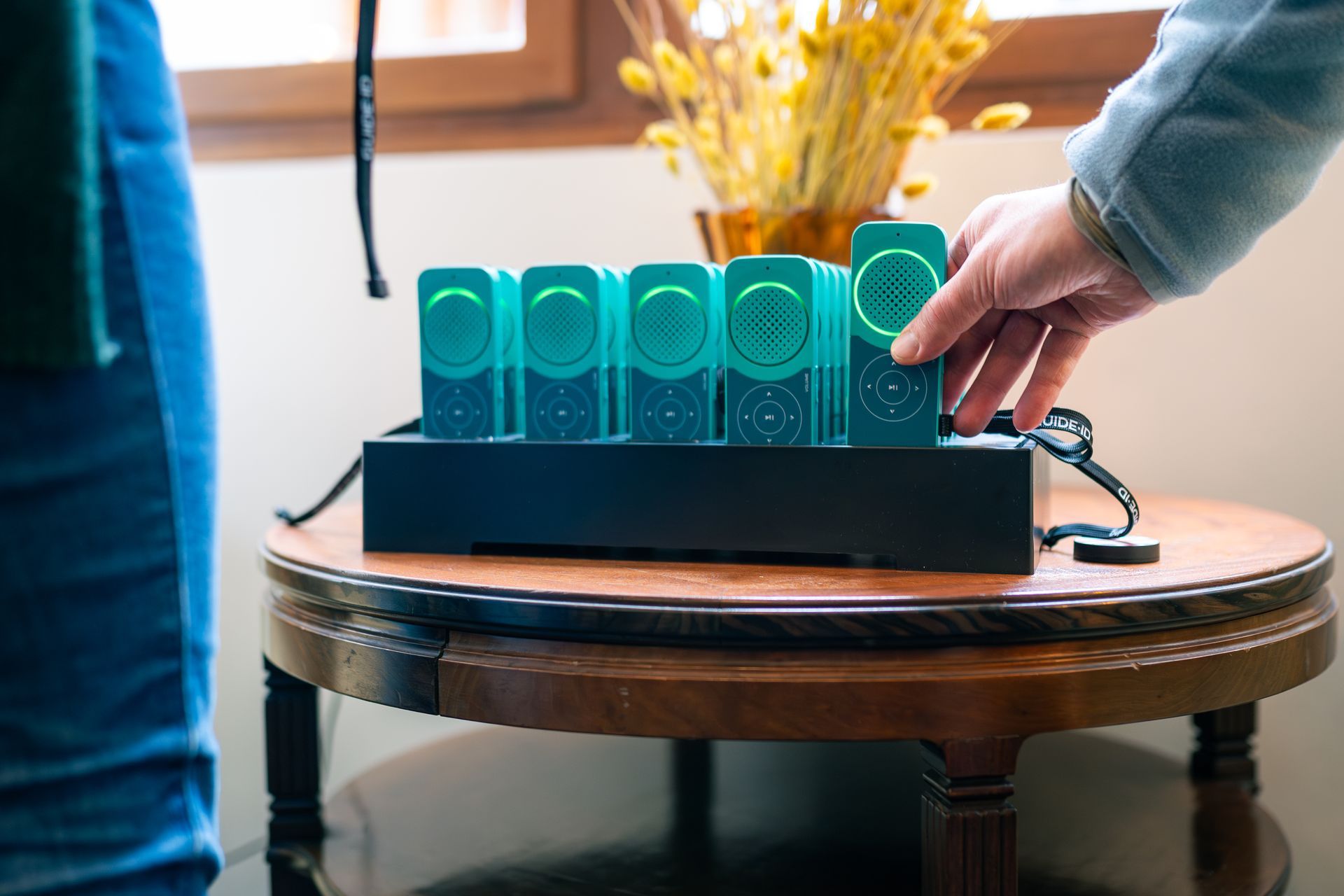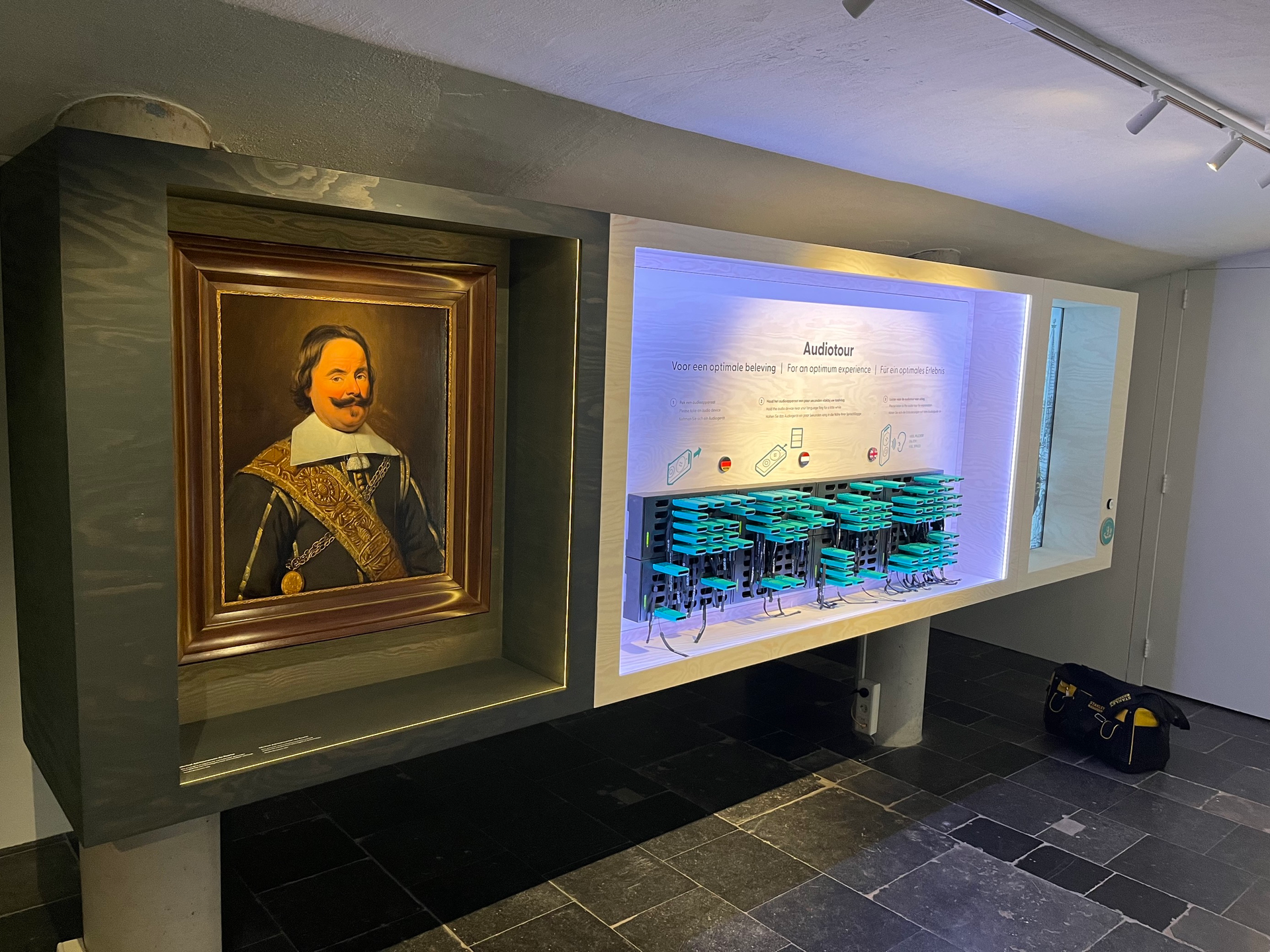Unlocking the Mysteries of Visitor Satisfaction: The Audio Guide Pricing Dilemma
Demi Verkade • April 18, 2023
In the ever-evolving world of museum visitors’ experience, the dilemma around pricing and its affect on visitor satisfaction is important. There are psychological and economic factors that can influence how visitors perceive value, make choices, and ultimately, how they experience art and history.

Today, we look at why including audio guides in the ticket might be a good idea based on how people think about prices and value. We talk about how visitors like the feeling they get, when they get a good deal and how paying one price for everything can make them happier.
On the other hand, it might be a good idea to let visitors pay extra for audio guides. The reasons might vary: Maybe they prefer to choose what they want? Maybe they will enjoy the guide more because they chose to pay for it? Or maybe because you can offer them a lower base price?
So, let's dive right into this and see the effect of pricing psychology!
But what is the psychology of pricing?
The psychology of pricing tells us how people think and feel about prices. When we buy something, we don't just think about the price; we also think about what we're getting for that price. This is called the 'perceived value'.
For example, imagine you're buying a museum ticket. If the price is $10 for just the entrance, you might think that's fair. But what if the same $10 also includes an audio guide? Suddenly, you feel like you're getting more value for your money. This makes the ticket seem like a better deal, even though the price hasn't changed. That's because the perceived value has increased.
Though, not all customers like the same things. Some people might prefer to pay $8 for just the entrance and then decide to pay an extra $2 for the audio guide. They might like having the choice or feel the audio guide is more valuable because they paid separately for it.
Understanding the psychology of pricing can help set prices that make visitors happy and satisfied. This makes it more likely that they will buy a ticket and have a wonderful experience!
"When a museum is considering whether or not to include an audio tour with the price of admission, I would highly recommend including it whenever you can. There are various great reasons to do so, including:
1) Fulfilling the museum's mission by helping tell your collections' stories.
2) Increasing the collection's accessibility for visitors who are not into reading a lot of text, have visual impairments or speak another language.
3) Adding more value to the overall exhibition and experience for visitors of all ages when you incorporate family audio tours into the mix.
4) Increase overall revenue for the institution by increasing the overall price of admission by a nominal fee to accommodate the added value that is achieved by adding audio tours for all of your visitors.’"
– Jeff Danziger
3 Reasons why you should Include Audio Guides in the Ticket Price.
When you purchase a museum ticket and receive an audio guide at no extra cost, it's not really free. This practice is known as an 'all-inclusive' pricing, which means the cost of the audio guide is included in the admission ticket price. So, how does this approach play into price perception for your visitors?
1.
The Mindset of 'Getting More for Less'
Customers generally like packages more as they feel they're receiving more for less, which is a strong motivation. Therefore, organizations can use this pricing tactic to increase the perceived value, offering customers the experience of a self-guided tour without the feeling of having to pay for additional costs.
2. Framing effect
The framing effect explains how people react differently to a specific choice depending on its presentation. A ticket price including an audio guide may be perceived as a bargain considering the added value it brings. Even though the cost remains unchanged, the way in which it is packaged makes it more appealing.
3.
Reducing the pain of paying
"The pain of paying" explains how paying money and feeling good (or not) are connected. People don't like losing things, especially money. By adding the audio guide to the entrance ticket, the value of the ticket will be seen as higher, and visitors won't feel as bad about having to pay. However, when visitors have to buy an admission ticket and an audio guide, it feels like they have to pay twice, making the interaction more unpleasant.
3 Reasons why you should exclude audio guides from the ticket price.
On the other side, there are also psychological reasons why allowing customers to pay separately for audio guides might be a good idea. Let's take a look at some of these!
1.
Sense of Choice
When museums and historic sites allow visitors to pay separately for an audio guide, it creates a sense of freedom and choice. For some, purchasing an audio guide is about enhancing their experience and delving deeper into the stories and histories that are shown. For others, saving money might be more important, or they prefer to explore the museum without audio assistance. So, by separating the cost of the audio guide from the admission ticket, each visitor can create a visit to fit their personal preferences and financial comfort.
This sense of choice can lead to higher visitor satisfaction. Visitors might feel respected and valued, as they aren't forced into a one-size-fits-all decision. They can weigh their options, considering the cost versus a potentially more fun and richer experience.
2.
Clear Perception of Value
When there's a separate price for tickets and audio guides, visitors can clearly see the costs of their museum visit. Knowing how much something costs can make the audio guide seem more valuable because visitors can see the price.
Depending on what the price of the audio guide is, visitors might also be more likely to use it. This happens because they know the costs and want to ensure they get their money's worth. This is also known as the sunk-cost fallacy. It means that people want to use what they've paid for so they don't feel like they've wasted their money, even when they know another option would be better.
3. Encouraging Mindful Consumption
As mentioned in point 2, if audio guides are separately priced, visitors might listen more attentively. And by listening to all the amazing stories you have prepared, the overall experience of the museum visit will be even greater!



"In my opinion, it needs to be included in the ticket price!! Especially with all BYOD (Bring Your Own Device) solutions, it is easy to offer something simple & accessible to the visitor. You can create fantastic experiences with a physical audio guide! It contributes to a museum visit and helps visitors to delve into a story/room/object - it should not cost extra to have that insight, and it is easy for a museum to calculate this into the price."
- Cornelia Schneider

So, what should you do?
Understanding the psychology of pricing and how it impacts the visitor experience is crucial. In the case of audio guides, the 'right' approach depends on factors like who your customers are, the nature of the museum, historical site or zoo, the price of your admission ticket and audio guide, and your business goals. The key lies in balancing between improving visitor satisfaction and ensuring profitability. Offering a choice between all-inclusive and separate pricing means you can use the benefits of both strategies. It will allow visitors to choose freely based on their preferences and what they think will give them the best value.
As we journey through the maze of pricing psychology, we invite readers to ponder a critical question
Information sources:
- Gourville, J. T., & Soman, D. (2002, September). Pricing and the Psychology of Consumption. Retrieved from Harvard business Review: https://hbr.org/2002/09/pricing-and-the-psychology-of-consumption
- Pain of Paying. (n.d.). Retrieved from The Decision Lab: https://thedecisionlab.com/reference-guide/psychology/pain-of-paying
- Pain of Paying definition. (n.d.). Retrieved from Convertize: https://tactics.convertize.com/definitions/pain-of-paying
- Why are we likely to continue with an investment even if it would be rational to give it up? (n.d.). Retrieved from The Decision Lab: https://thedecisionlab.com/biases/the-sunk-cost-fallacy
- Ye, L. (2019, July 25). The Psychology of Choice: How to Make Easier Decisions. Retrieved from HubSpot: https://blog.hubspot.com/sales/the-psychology-of-choice#:~:text=Choice%20is%20our%20ability%20to,decisions%20are%20meant%20to%20satisfy.
Contact
Leeuwenbrug 117
7411 TH Deventer
The Netherlands
BE: 0800 45 009
UK: +44 (0)20 338 468 38
US: +1 (347) 523 8619